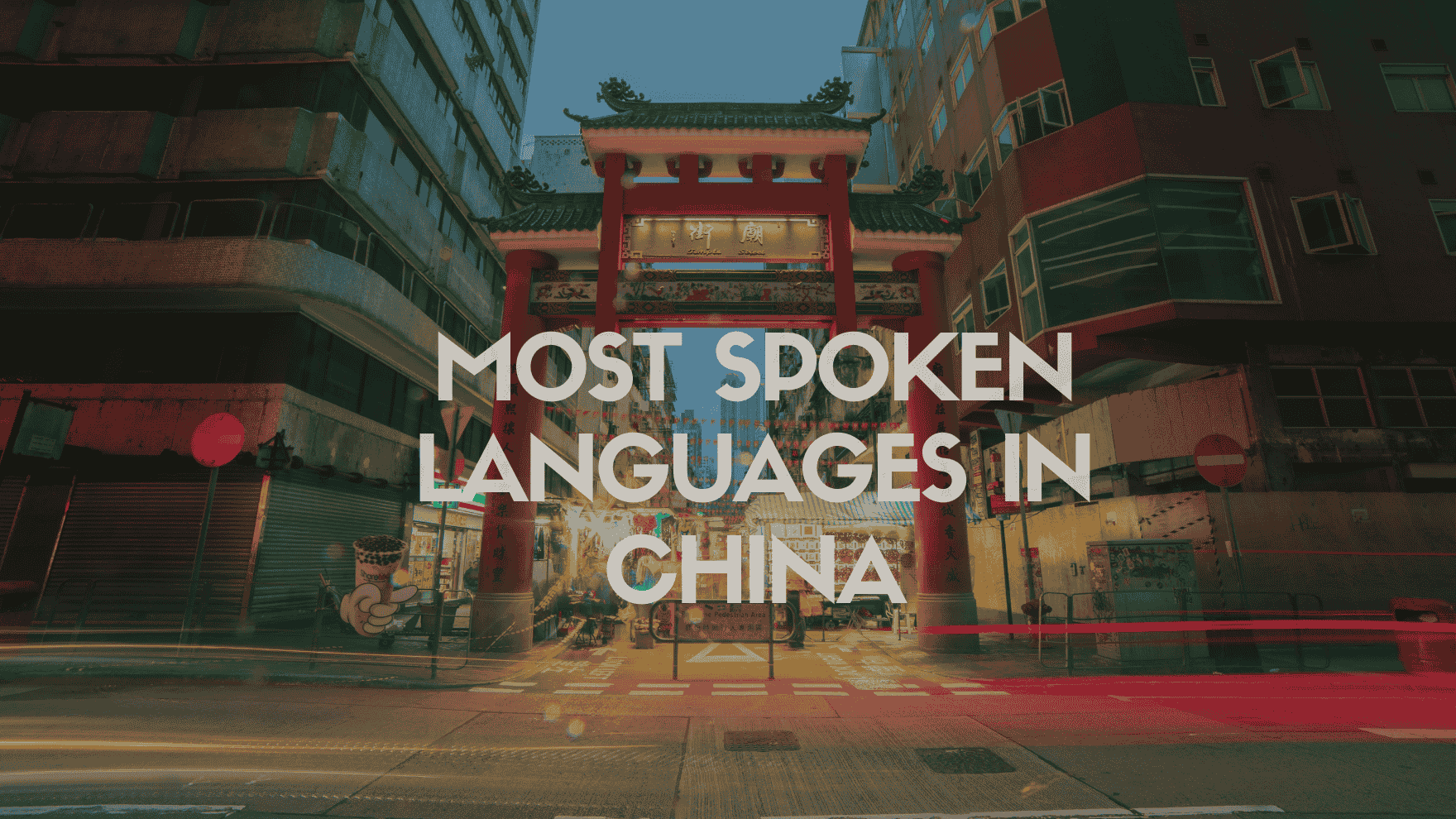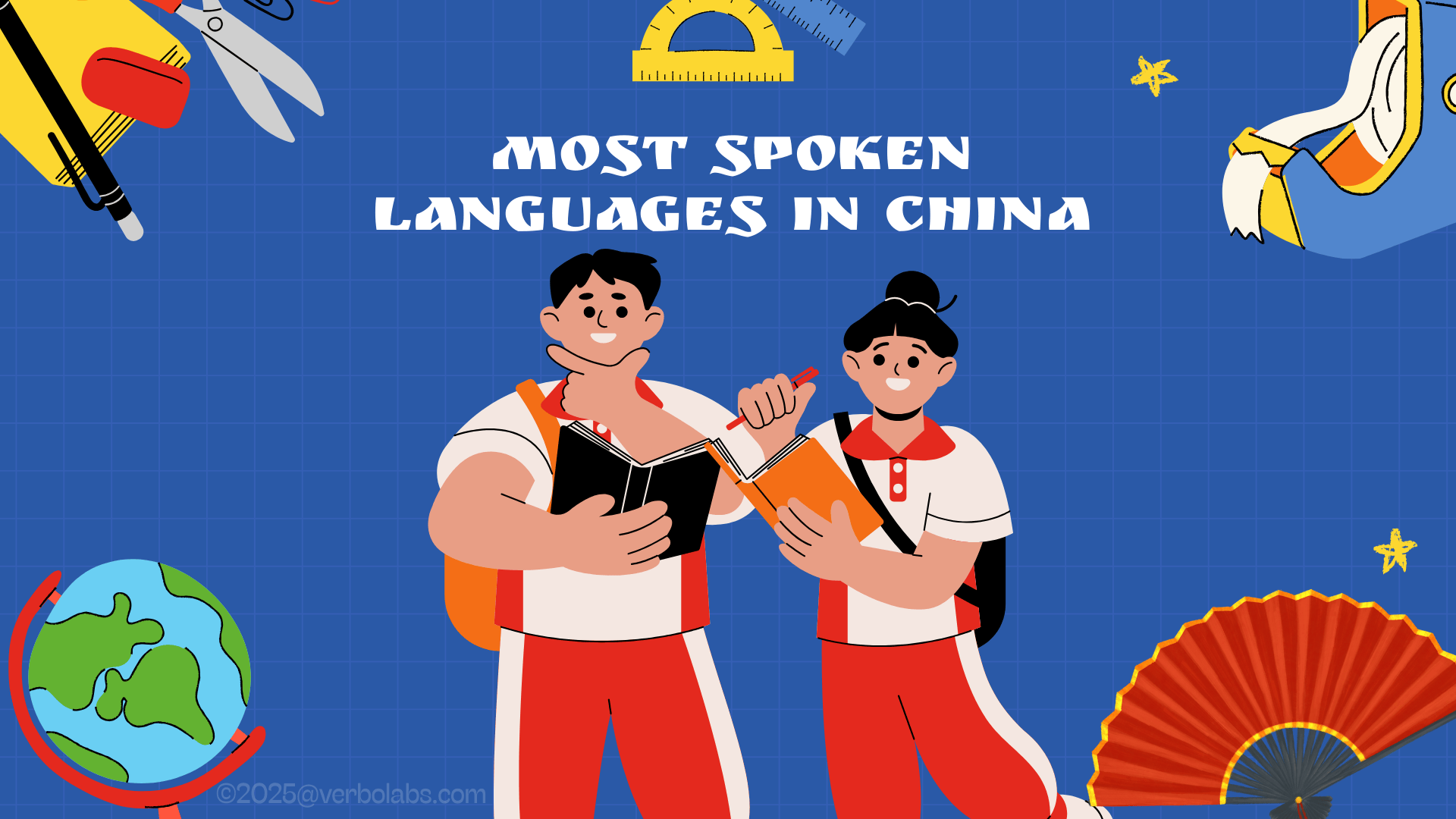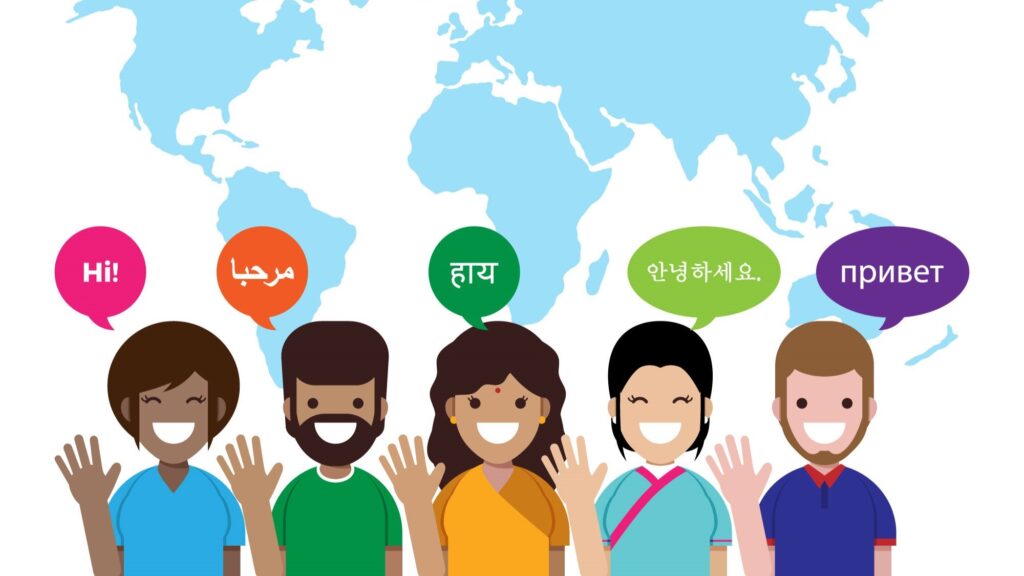
China, with its vast territory spanning 9.6 million square kilometers and population of over 1.4 billion people, is home to one of the world’s most linguistically diverse landscapes. While often perceived as a monolingual nation, China actually hosts a rich tapestry of languages and dialects that have evolved over thousands of years of history. This linguistic diversity reflects China’s complex cultural heritage, geographical variations, and the historical movements of different ethnic groups across its territories.
For business professionals, diplomats, and travelers alike, awareness of China’s linguistic diversity can open doors to deeper connections, more meaningful interactions, and a richer understanding of this ancient civilization’s complexity. As China continues to grow as a global economic and cultural power, familiarity with its languages becomes increasingly valuable on the world stage. Businesses aiming to bridge these communication gaps can rely on language translation services to effectively engage with Chinese audiences.
Official and Widely Spoken Languages in China
China’s language policy recognizes Mandarin Chinese (Putonghua) as the official national language, standardized for use in government, education, and media. The 1982 Constitution established Putonghua as the standard language to promote nationwide communication and unity across this vast country. However, this policy exists alongside significant recognition and protection for regional languages and dialects.
Putonghua, literally meaning “common speech,” is based primarily on the Beijing dialect of Mandarin Chinese. The standardization includes not only pronunciation but also grammatical structures and a simplified character system introduced in the 1950s. Despite this nationwide standardization effort, regional languages continue to thrive in homes, local communities, and informal settings. To truly connect with these communities, localization services ensure that content resonates in both Mandarin and regional languages.
China officially recognizes 56 ethnic groups, many with their own distinct languages. The government’s approach to linguistic diversity has evolved over time, from periods of strict Mandarin enforcement to the current policy that balances standardization with preservation and respect for linguistic heritage. Regional languages now receive varying degrees of protection through local media, cultural programs, and educational initiatives aimed at preserving linguistic diversity.
Top 10 Most Spoken Languages in China

1. Mandarin Chinese (Putonghua)
Mandarin Chinese stands as the undisputed linguistic giant in China, with approximately 920 million native speakers. As the official language of the People’s Republic of China, it serves as the primary medium of instruction in schools, government communications, and national media. Mandarin belongs to the Sino-Tibetan language family and is characterized by its four tones (plus a neutral tone), which can completely change a word’s meaning.
The Beijing dialect forms the basis for standard Mandarin, though regional accents persist even among Mandarin speakers. Mandarin’s dominance has grown substantially since the mid-20th century through standardized education, internal migration, and media influence. For foreigners interested in China, Mandarin proficiency offers the broadest access to Chinese society, culture, and business opportunities nationwide.
2. Cantonese (Yue Chinese)
With approximately 85 million speakers, Cantonese dominates southern China, particularly in Guangdong province, Hong Kong, and Macau. This language is renowned for its complex tonal system—featuring six to nine tones depending on the specific dialect—making it notably distinct from Mandarin in pronunciation. While sharing the same written characters as Mandarin (with some regional variations), spoken Cantonese is largely unintelligible to Mandarin speakers.
Cantonese carries significant cultural weight through Hong Kong’s influential film industry, Cantopop music, and its role in global Chinese diaspora communities. The language has become synonymous with business acumen due to Guangdong’s economic prominence and Hong Kong’s historical role as a financial hub. For those doing business in southern China or engaging with overseas Chinese communities in Southeast Asia and beyond, Cantonese proficiency remains highly valuable despite Mandarin’s growing influence.
Cultural resistance to Mandarin dominance is particularly strong among Cantonese speakers, who take pride in their language’s historical depth and cultural significance. In recent years, concerns about Cantonese preservation have led to grassroots movements promoting the language through literature, music, and digital media.
3. Wu Chinese (Shanghainese)
Wu Chinese, primarily represented by Shanghainese, claims approximately 80 million speakers concentrated in Shanghai, Zhejiang, and southern Jiangsu provinces. This language family is known for its preservation of voiced consonants lost in most other Chinese varieties and its complex vowel system. Wu languages are famous for their melodic quality, often described as “soft” and “flowing” compared to the more percussive sounds of Mandarin.
Shanghainese, the most prominent Wu dialect, reflects Shanghai’s history as a cosmopolitan trading port, incorporating influences from multiple languages. The rapid development of Shanghai as China’s economic powerhouse has placed Shanghainese at a crossroads—while younger generations increasingly shift toward Mandarin, local pride has sparked preservation efforts. For business travelers to eastern China, even basic Shanghainese phrases can earn goodwill in local business settings, though Mandarin remains essential for formal communication.
4. Min Chinese (Hokkien, Teochew, etc.)
The Min language group encompasses several dialects spoken primarily in Fujian province, Taiwan, and among diaspora communities throughout Southeast Asia. With approximately 70 million speakers, Min languages are divided into Northern Min (primarily Fuzhou dialect) and Southern Min (including Hokkien and Teochew). These languages are among the most diverse in the Chinese language family, having separated from other Chinese varieties very early in their development.
Min languages are known for preserving many features of ancient Chinese that have disappeared in other varieties. Hokkien’s influence extends well beyond China’s borders, playing significant roles in the linguistic landscapes of Taiwan, Singapore, Malaysia, and the Philippines. The commercial traditions of Fujian merchants have spread Min languages along historical maritime trade routes, making them surprisingly far-reaching despite their relatively localized origin within China.
5. Xiang Chinese (Hunanese)
Spoken primarily in Hunan province by approximately 38 million people, Xiang Chinese is famous as the native tongue of Chairman Mao Zedong. The language divides into Old Xiang and New Xiang dialects, with the latter showing more influence from Mandarin. Xiang preserves some features of Middle Chinese that have been lost in modern Mandarin, particularly in its consonant system.
Hunan’s rugged geography historically isolated Xiang speakers, allowing the language to develop distinctive characteristics. Xiang-speaking regions are known for their spicy cuisine and revolutionary history, with linguistic features that reflect the bold, straightforward character often attributed to Hunanese people. While less commercially prominent than Cantonese or Wu, Xiang remains vital to local identity in central China.
6. Hakka Chinese (Kejia)
The Hakka language, spoken by approximately 34 million people, has a unique history as the language of a migratory people who moved throughout southern China over centuries. Unlike most Chinese languages tied to specific regions, Hakka communities are scattered across Guangdong, Fujian, Jiangxi, Guangxi, Taiwan, and beyond. This dispersion has led to significant dialect variation within the Hakka language itself.
Hakka culture is known for its resilience, with linguistic features that preserve elements of ancient northern Chinese speech patterns despite the group’s southern location. Hakka communities have maintained strong cultural identities and distinctive traditions, including unique architectural styles and culinary practices. The Hakka people’s historical role as merchants and their widespread diaspora make Hakka language knowledge valuable across surprisingly diverse locations.
7. Gan Chinese
With approximately 22 million speakers centered in Jiangxi province, Gan Chinese occupies a middle ground between Mandarin and Wu Chinese in its phonological features. Linguistically, Gan preserves characteristics of Middle Chinese that have been lost in standard Mandarin, particularly in its rich inventory of voiced consonants and complex tone system.
Jiangxi’s geographical position as a transitional zone between northern and southern China is reflected in Gan’s linguistic features. The region’s historical significance as a porcelain manufacturing center (particularly in Jingdezhen) and its role in the Communist revolution have given Gan Chinese cultural importance beyond its speaker numbers. For visitors to Jiangxi province, understanding Gan’s unique position in China’s linguistic landscape provides valuable cultural context.
8. Jin Chinese
Jin Chinese, with approximately 63 million speakers in Shanxi, Inner Mongolia, and parts of Hebei and Shaanxi provinces, was long classified as a dialect of Mandarin but is now recognized by many linguists as a distinct language. Jin features unique phonological characteristics, including the preservation of the entering tone lost in standard Mandarin and distinctive vocabulary that reflects the region’s historical development.
The Jin-speaking region overlaps with much of ancient China’s political and cultural heartland, giving the language significant historical importance. The area’s traditional industries, including coal mining and ancient banking systems, have contributed specialized terminology to Jin’s vocabulary. The language captures the straightforward, pragmatic character often associated with northern Chinese cultures.
9. Hui Chinese (Huizhou)
Hui Chinese, spoken by approximately 3.2 million people in southern Anhui, eastern Jiangxi, and neighboring areas, is one of the most distinctive Chinese languages despite its relatively small speaker population. Historically significant, Hui Chinese influenced the development of classical Chinese literature and scholarship through the region’s renowned tradition of producing scholars and merchants.
The mountainous terrain of the Huizhou region helped preserve unique linguistic features, including archaic vocabulary and grammatical structures. The language reflects the distinctive Huizhou culture, famous for its merchants who dominated salt, tea, and timber trades in imperial China. The Huizhou merchants’ business acumen spread their influence far beyond their linguistic borders, making their cultural and linguistic legacy disproportionate to their numbers.
10. Pinghua
Rounding out our top ten is Pinghua, spoken by approximately 2 million people primarily in parts of Guangxi autonomous region. Often overshadowed by neighboring Cantonese, Pinghua nevertheless represents an important part of China’s linguistic mosaic. Divided into Northern and Southern varieties, Pinghua shares features with both Cantonese and southwestern Mandarin dialects.
Pinghua’s development reflects the complex ethnic and cultural mixing in Guangxi, where Han Chinese culture intersects with various minority groups, particularly the Zhuang people. The language carries unique vocabulary elements borrowed from non-Han languages and distinctive cultural references that showcase the region’s multicultural heritage. For travelers exploring Guangxi beyond tourist centers, awareness of Pinghua provides insight into local cultural nuances.
Navigating China’s diverse linguistic landscape requires more than just word-for-word translation—it calls for cultural accuracy and strategic localization. VerboLabs, a global leader in translation and localization services, helps businesses, media companies, and organizations communicate effectively across more than 120 languages. From adapting websites and marketing campaigns to handling technical and multimedia content, VerboLabs ensures that your message connects authentically with Chinese and international audiences. Discover more about our solutions at VerboLabs.
Conclusion
As China continues its economic rise and cultural engagement globally, understanding this linguistic diversity becomes increasingly valuable for meaningful cultural exchange and effective communication. For visitors to China, even basic awareness of this linguistic diversity can enhance travel experiences and demonstrate respect for local cultures. For businesses, understanding regional linguistic variations can provide competitive advantages in marketing, relationship-building, and negotiations. And for students of Chinese culture, appreciating the country’s multilingual reality offers a more nuanced understanding of China’s rich cultural tapestry that extends far beyond the simplified notion of a monolithic Chinese society.

Connect with Chinese audiences—partner with VerboLabs for expert translation and localization that makes your message resonate.



